All about organic fertilizers

As you know, plants need organic and mineral substances. The optimal solution is formulations that combine the beneficial properties of both - they are called organomineral fertilizers.
They have a beneficial effect on plant growth and development, improve soil fertility and increase yields.
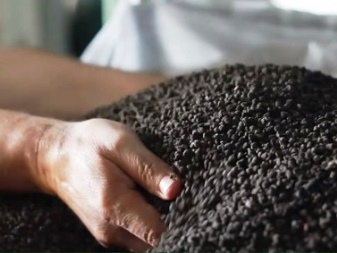
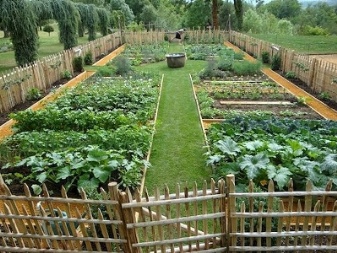
What it is?
For the full growth and development of garden, vegetable and agricultural crops, nutrients are needed. However, in the process of cultivating land, the soil is depleted, and this most negatively affects the yield. To replenish the deficiency of useful micro- and macroelements, mineral and organic dressings are used, each of which has its own advantages and disadvantages.
Thus, mineral components are a powerful weapon in the fight for a high yield. They contain high concentrations of micronutrients and are easy to use. However, their use should be strictly metered - using "by eye" leads to a deterioration in the agrotechnical characteristics of soils. As a result, the structure of the earth is destroyed, microbiological activity decreases, and the balance of nutrients is disturbed - this leads to a deterioration in the quality of the entire crop. In addition, the assimilation of mineral elements usually does not exceed 30%, all the rest form insoluble compounds or are washed out of the soil during irrigation and rains.
For the correct introduction of organic matter, you need to spend a lot of time and effort, with illiterate use or use of low-quality fertilizers, pathogens and weed seeds can get into the ground. Despite the fact that, for example, high-quality manure is a full-fledged fertilizer, with its abundant use, the content of nitrates increases in fruits. However, organic substances activate the microflora and improve the water-physical parameters of the soil.
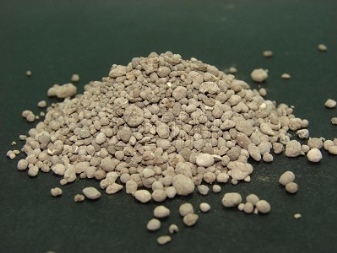
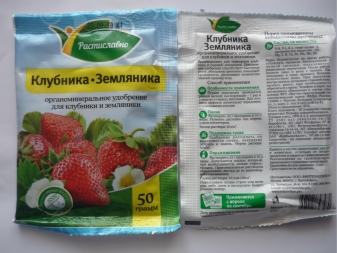
In an attempt to combine the beneficial properties of those and other products and minimize their disadvantages, organomineral fertilizers were created. These dressings are complex mixtures of mineral and organic ingredients. Chicken, horse, cow manure or humus is used as an organic component - these elements improve the structure of the soil. However, the products contain far from the entire complex of micro- and macroelements necessary for plants for full-fledged growth and development, therefore they are enriched with potassium, magnesium, phosphorus, nitrogen and other components. Useful substances are assimilated by plants in a short time and in the maximum volume. They have a beneficial effect on the growth of the root system, an increase in green mass, the formation of ovaries and fruit formation.
Organomineral fertilizers simultaneously saturate the soil with all useful substances and improve its structure. This type of fertilizer helps prevent soil degradation. In addition, humic components can reduce the percentage of nitrates in fruits. The advantages of this type of fertilizer also include efficiency. To improve the quality of land, they need 10 times less than organic, and 3 times less than mineral.
There is only one drawback of such dressings: their high cost. That is why they are used mainly on a farm scale. The use of humates for a small number of plantings is not economically feasible
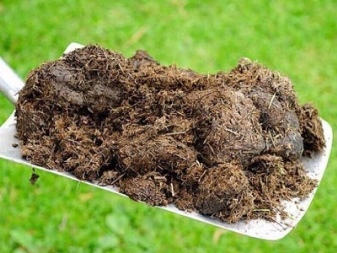
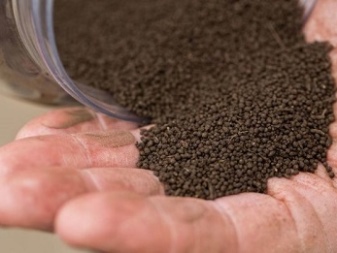
Views
There are several options for organic fertilizers: liquid, granular and complex mixtures. Liquid fertilizers are a natural immunostimulant that increases the rate of plant growth and development. Such a composition acts as an antidepressant and complex feeding. Among the most effective formulations, there are Forecaster, Edagum SM, Living Power, Garden of Miracles, Ekorost, Delight and others... These fertilizers can be used at all stages of agriculture, from pre-sowing seed treatment to tillage after harvesting.
Peat-humic fertilizers produced on the basis of peat raw materials. The composition is highly effective Flora-S, it is used for the treatment of seed, roots of seedlings, bulbs, root crops and seeds, as well as for root and foliar feeding. The use of fertilizers stimulates the growth of the root system and the rejuvenation of old crops, contributes to a longer lush flowering and the formation of full-fledged ovaries.
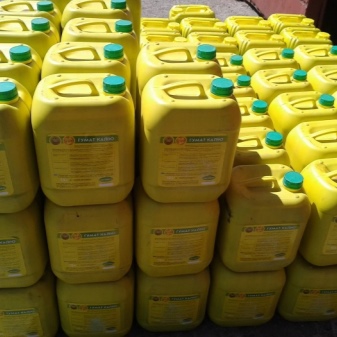
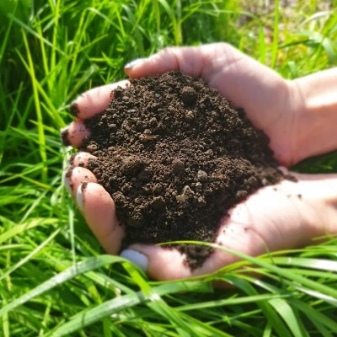
Application rates and rules of use
Organomineral fertilizers can be used for any types of cultivated plants, and they can be applied on any type of soil. It is possible to fertilize the ground with humates both in the spring before planting plants, and in the fall for digging. In addition, they must be used during the growing season. It should be noted that annual plants respond better to organomineral feeding at the initial stages of development (at the stage of seedling), as well as during fruiting... Trees and shrubs respond as much as possible when transplanting, when the roots are injured, the same applies to fruit and ornamental perennial crops.
To achieve the maximum effect, it is recommended to use mineral-humic fertilizers 3 times per season, in this case, root dressing and spraying should be alternated. It is allowed to use concentrates in conjunction with other fertilizers, they can be nitrogen, potash or organic. But it is impossible to mix them with calcium nitrate and phosphorus forms of dressings - in this case, difficult-to-dissolve compounds are formed, which degrade the quality of the earth and cause harm to plants. As practice shows, organomineral compositions are more effective when used in greenhouse conditions than when processing open ground.
Unlike mineral fertilizers, humates do not require a strict dosage, all the remaining micro- and macrocomponents are gradually processed by living bacteria and transformed into ordinary humus. Due to the complete absorption of all nutrients, the application rates of such dressings are 2.5–3 times lower in comparison with traditional mineral and organic formulations. On average, the following rates for the introduction of humic agents are recommended:
- light sandy soils - 80–100 g / m 2;
- heavy clayey - 50–70 g / m 2.
When used for horticultural plants planted in separate holes:
- vegetables - 20-30 g per hole;
- fruit and berry - 50–70 g per hole.

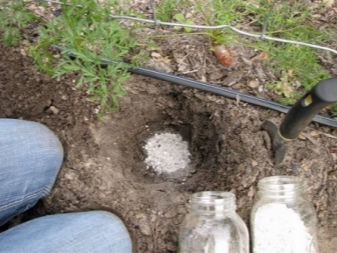
Manufacturers
In the 90s. of the last century, the Buisk Chemical Plant became the absolute leader in the segment of production of organic fertilizers. It was here that the production of a new type of fertilizer began for the first time. The company's specialists are constantly working on the creation of new formulations and the improvement of products already familiar to gardeners and gardeners. So, several years ago, granules of organomineral fertilizers began to be additionally enriched with soil microflora.... Thanks to this component, plants began to more efficiently use soil reserves of nutrients. Tests carried out in various regions of Russia have confirmed a significant improvement in the quality indicators of fertilizers.Rhizosphere microorganisms live in the root zone of plants, they contribute to the formation of humus in the ground, convert the reserves of nitrogen, potassium and calcium into an accessible form.
In recent years, several more popular fertilizer companies have emerged. The company "Greenco" operates in Crimea, in the city of Zavolzhsk - "Modern Technologies of Quality". Fertilizers of the Vermibel brand (Belarus) were highly appreciated by users. All of these manufacturers offer highly effective environmentally friendly mineral fertilizers that can be used for both root and foliar treatment of plants.
The products give a high result when performing pre-sowing treatment of seed material, applying to the ground and spraying the leaf surface.
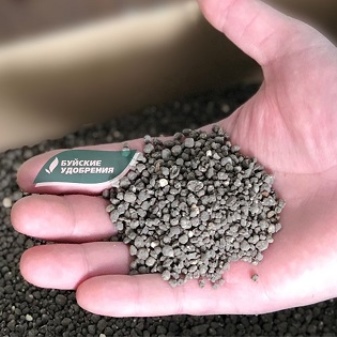
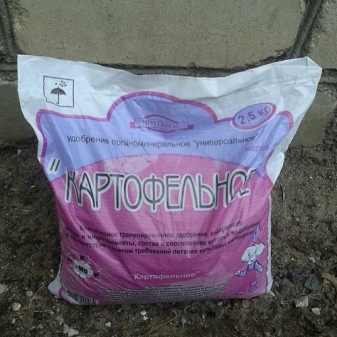













The comment was sent successfully.